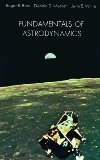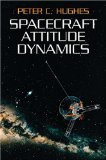NASA dixit:
“Carrying more than 3,000 pounds of food, supplies, spare parts and experiments, Orbital Sciences Corporation’s Cygnus cargo ship arrived at the International Space Station July 16, where it was grappled by Expedition 40 Commander Steve Swanson backed up by European Space Agency Flight Engineer Alexander Gerst. The pair operated the Canadarm2 robotic arm from the station’s cupola to snag Cygnus before robotic ground controllers admission control in Houston initiated its installation onto the Earth-facing port of the Harmony module where it would be bolted in place for a month-long stay. Cygnus was launched July 13 atop Orbital’s Antares rocket from the Mid-Atlantic Regional Spaceport’s Launch Pad 0A at Wallops Flight Facility, Virginia for the second contracted commercial resupply flight for the U.S. firm.”
Credit: NASA









 Subscribe to blog posts using RSS
Subscribe to blog posts using RSS










